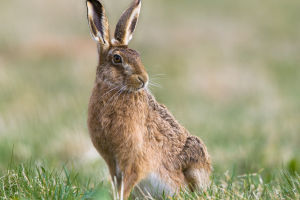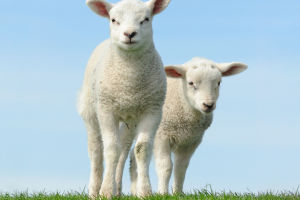Giraffes are among the most distinctive and awe-inspiring animals on the planet. They are easily recognizable by their towering height and long necks.
These gentle giants offer a glimpse into the marvels of nature and adaptation.
1. Unique Adaptations
Height: Giraffes are the tallest land animals, with males reaching up to 18 feet tall. Their long necks help them access foliage high in trees.
Neck Structure: Despite their length, giraffe necks have only seven vertebrae, the same number as most mammals, but each vertebra is elongated.
Legs: Their long legs contribute to their height and allow them to run at speeds up to 35 miles per hour in short bursts.
2. Habitat and Distribution
Range: Giraffes are native to Africa, where they inhabit savannas, grasslands, and open woodlands.
Diet: They primarily feed on leaves from acacia trees, using their prehensile tongues to grasp and strip leaves from branches.
3. Behavior and Social Structure
Social Groups: Giraffes live in loose herds called towers. These groups are fluid, with individuals coming and going.
Communication: Giraffes communicate using a range of vocalizations, including grunts, snorts, and bell-like sounds. They also use body language, such as necking (a form of play-fighting).
4. Reproduction and Life Cycle
Breeding: Female giraffes give birth to a single calf after a gestation period of about 15 months. Giraffes are born weighing around 100 to 150 pounds.
Growth: Giraffes start walking within hours of birth, but they remain dependent on their mothers for several months.
5. Conservation Status
Threats: Giraffes face threats from habitat loss, poaching, and human-wildlife conflict. Their population has declined, but conservation efforts are underway to protect and preserve their habitats.
Conclusion
Giraffes are remarkable creatures with unique adaptations that make them stand out in the animal kingdom. Their graceful presence and gentle demeanor continue to captivate and inspire awe.
So, Lykkers, learn more about giraffes and support efforts to ensure their continued survival in the wild.
Giraffes 101
Video by Nat Geo Wild


